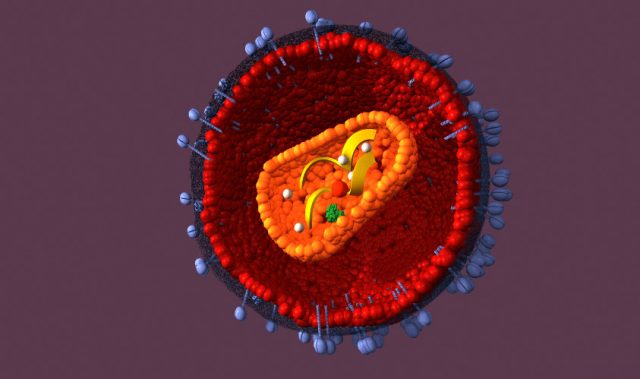
AsianScientist (Mar. 26, 2012) – Celebrities are working with the Philippines government in a recently launched nationwide media campaign to lift the consumption of fresh produce and fight malnutrition among young people.

The name of the project, ‘Oh My Gulay!’ (OMG!) (‘oh my vegetables’ in the local Tagalog language) plays off the shorthand exclamation commonly interspersed in text messages sent via mobile phones – ‘OMG’ for ‘oh my god’ – and resonates widely in a country where more than one billion text messages are sent daily.
Local celebrities in dance, music, and television are featured in print and on television, posing with their favourite vegetables.
“Role models are efficient for children, and targeting children is both boosting immediate consumption and initiating a mindset change about vegetables and fruits,” explained the founder of the campaign, Ed Angara, a parliamentarian from the capital region of Metro Manila.
“We want to make vegetables and fruits sexy – too many Filipinos prefer to buy meat rather than vegetables and fruits to complement their rice-based diet,” said Robert Holmer, regional director for East and Southeast Asia of the World Vegetable Center (AVRDC), a Taiwan-headquartered NGO previously known as the Asian Vegetable Research Development Center, which is supporting the campaign.
According to the most recent government national nutrition survey in 2008, chronic malnutrition (a shortage of intake of vitamins and nutrients) among children is directly related to the country’s low vegetable and fruit consumption.
An estimated 29 percent of children under five years old and 33 percent of children younger than 10 years were too short for their age groups, which is one measurement of chronic malnutrition.
The average daily consumption per person was 110 g of vegetables, down from 145 g in 1978, and 54 g of fruits, down from 104 g in 1978.
The Philippines’ produce consumption of 60 kg per person per year in 2007 was one of the lowest in Asia, according to the World Health Organization (WHO).
WHO recommends a daily intake of 400 g of vegetables and fruits per person (150 kg per year) to help prevent vitamin and mineral deficiencies as well as heart disease, some cancers, diabetes and obesity. An estimated 1.7 million (2.8 percent) of deaths every year worldwide are linked to insufficient vegetable and fruit consumption, according to the health agency.
The celebrity advocacy of OMG! follows a 2011 government program to set up produce gardens in all 42,000 schools by providing tools, seeds, and training.
“There is no space too little to farm. Space-friendly techniques allow communities and families to produce a lot, even on a tiny piece of concrete,” said Holmer.
Container vegetable and fruit production – for example, growing a plant in a plastic water bottle – is widely used in cities throughout the Philippines and other countries.
“Vegetables and fruits can be more expensive than fish in the Philippines, and their prices fluctuate a lot,” said Sheila Aclo de Lima, a training officer with AVRDC.
“Thanks to these (space-friendly) methods, underprivileged families can produce for themselves, and their vegetable and fruit consumption is resilient to weather and food crises.”
Increasing produce consumption is key to reducing the malnutrition-related illnesses that affect some 200 million children worldwide, according to the Paris-based French Agricultural Research for Development Center (CIRAD).
——
Source: IRIN.
Disclaimer: This article does not necessarily reflect the views of AsianScientist or its staff.












